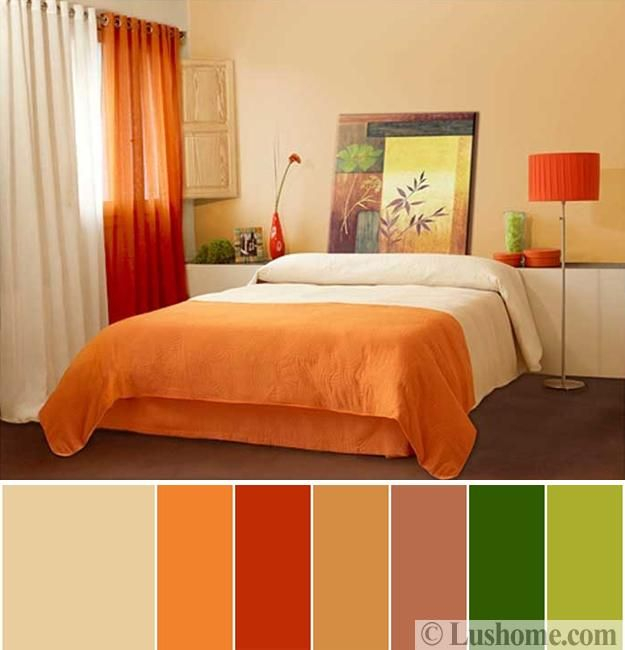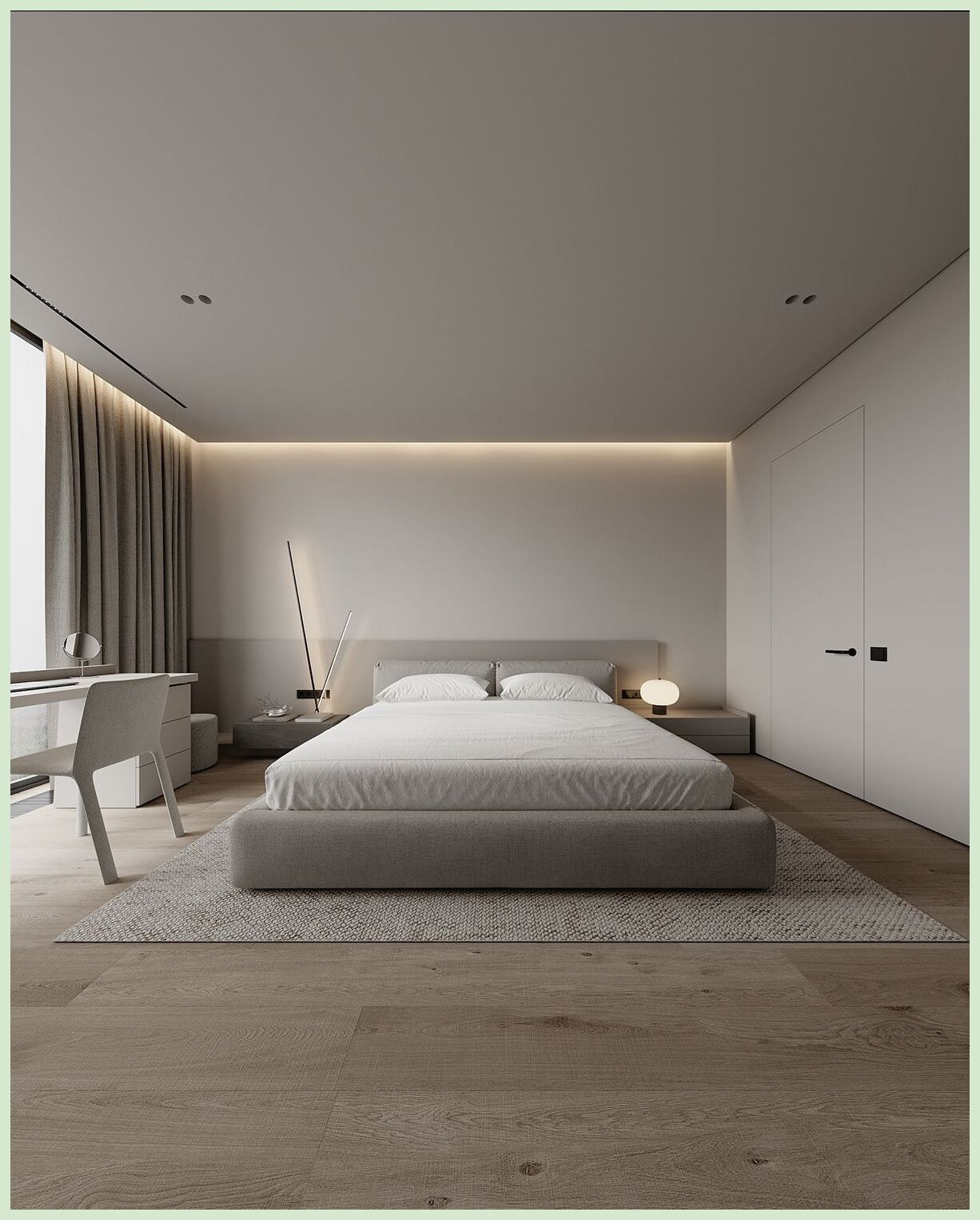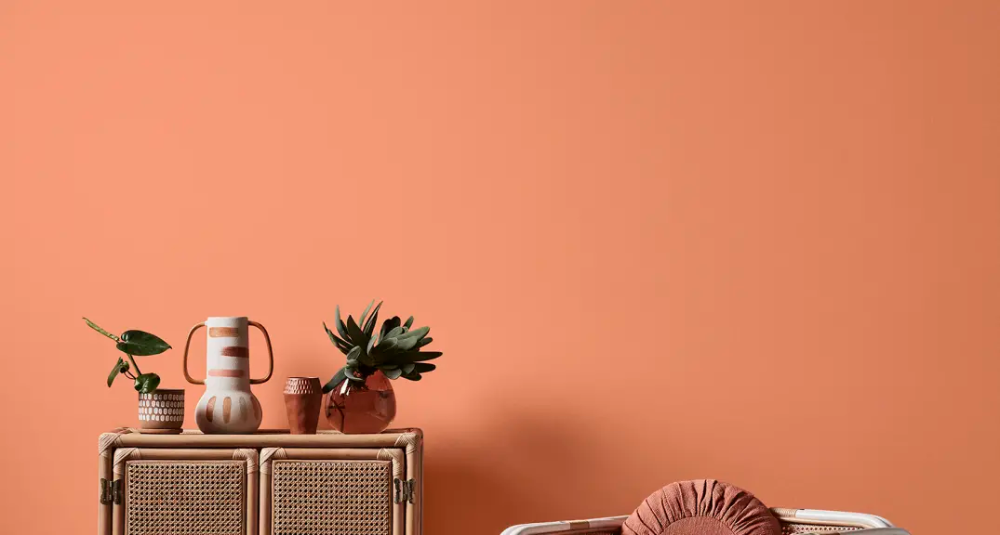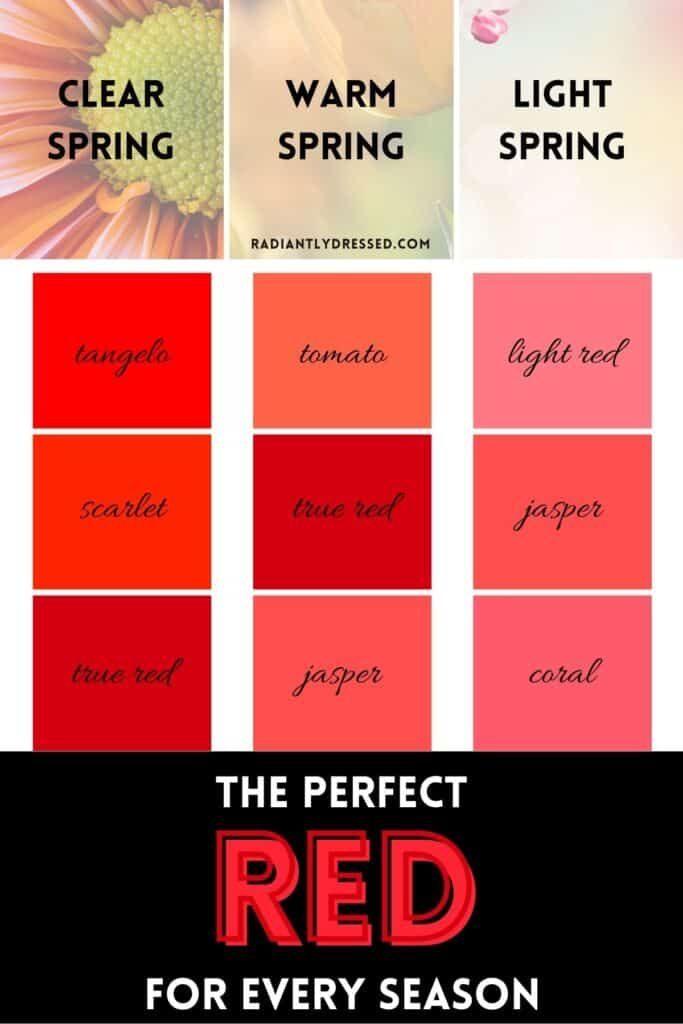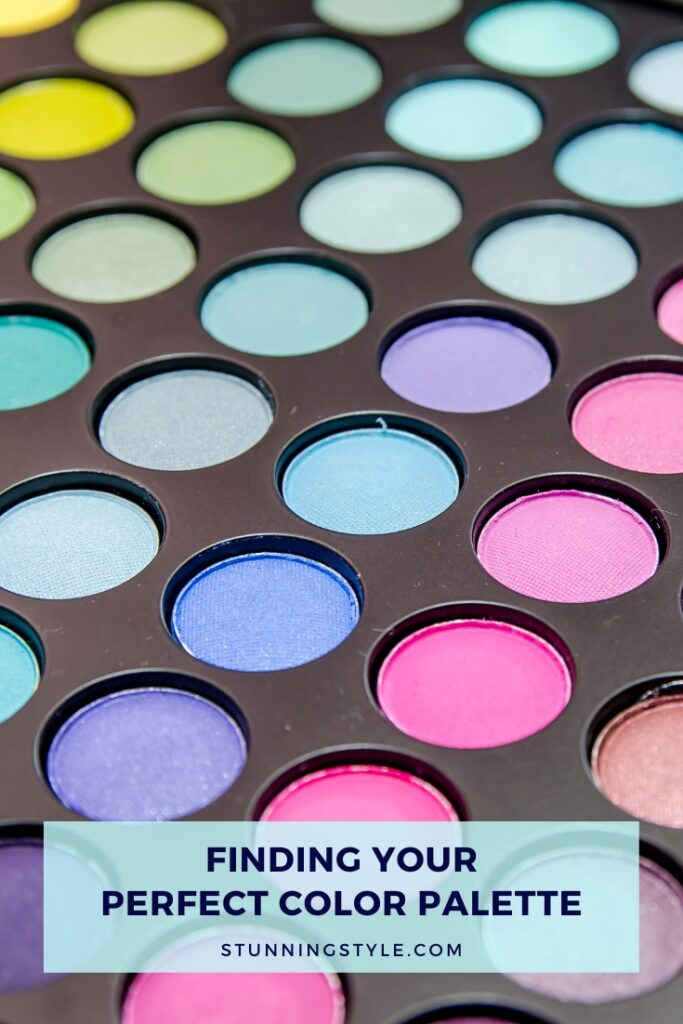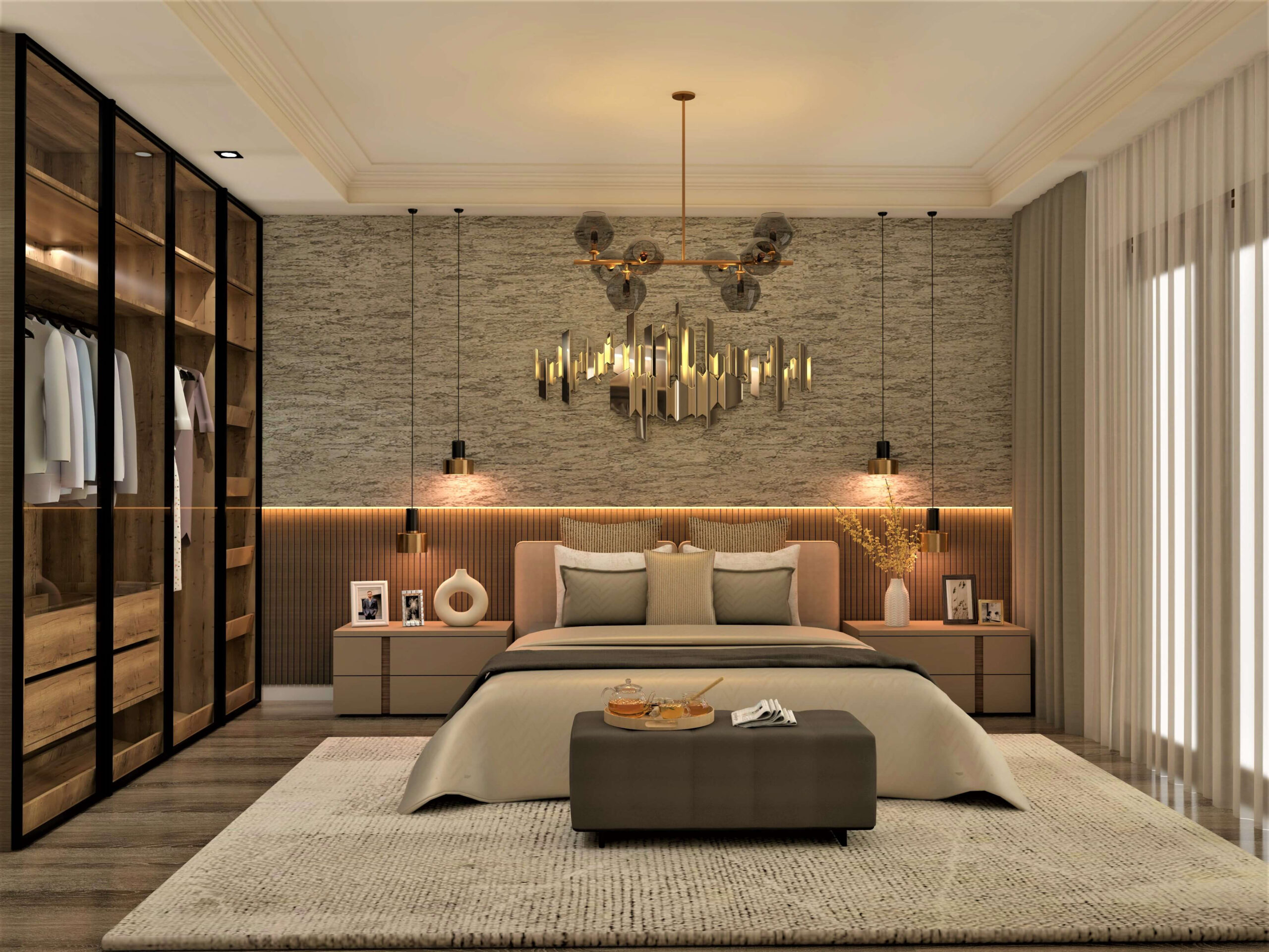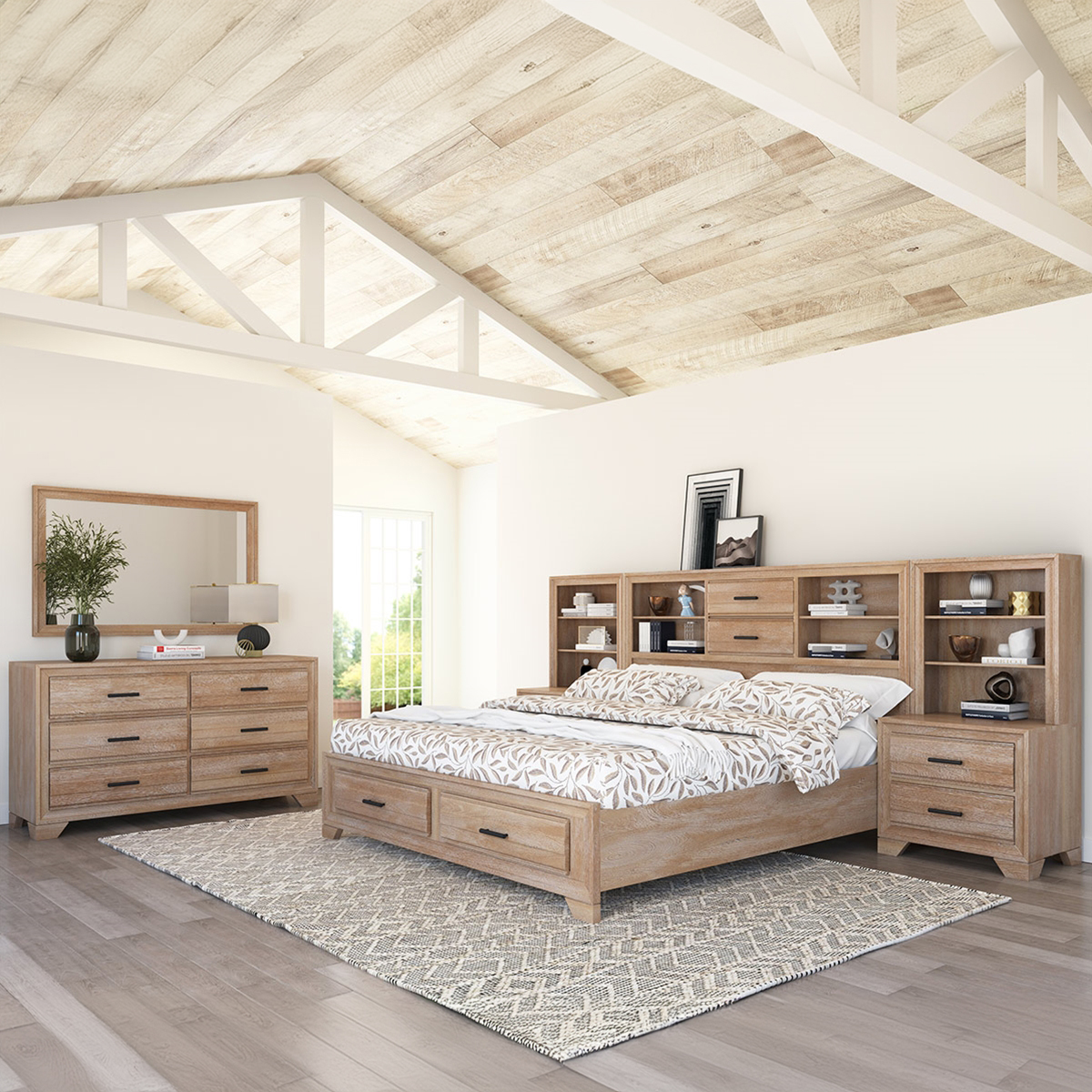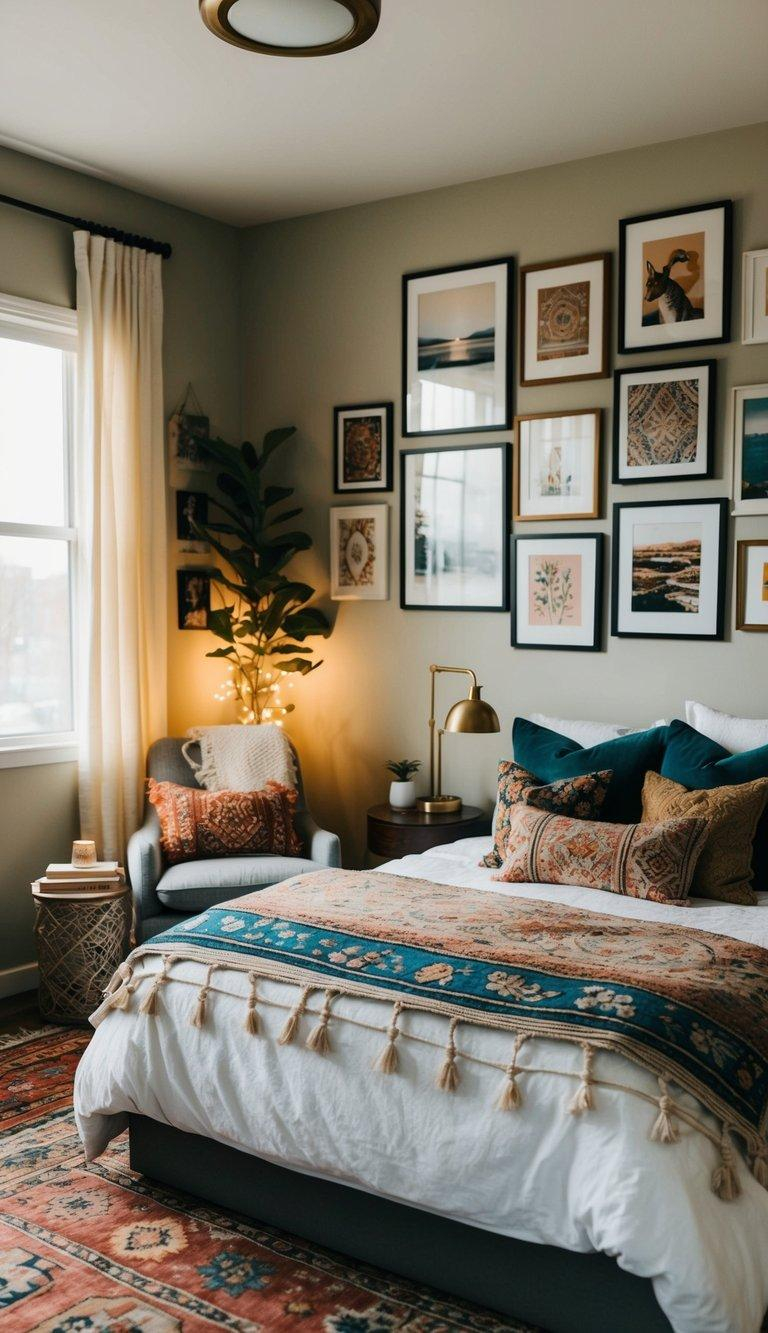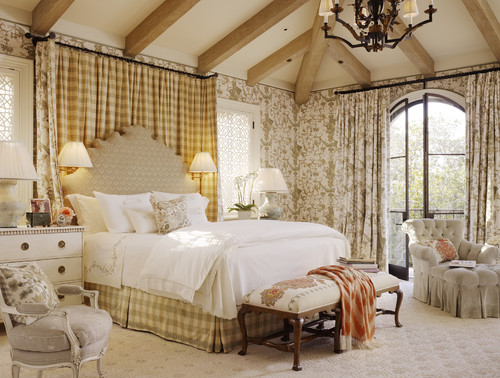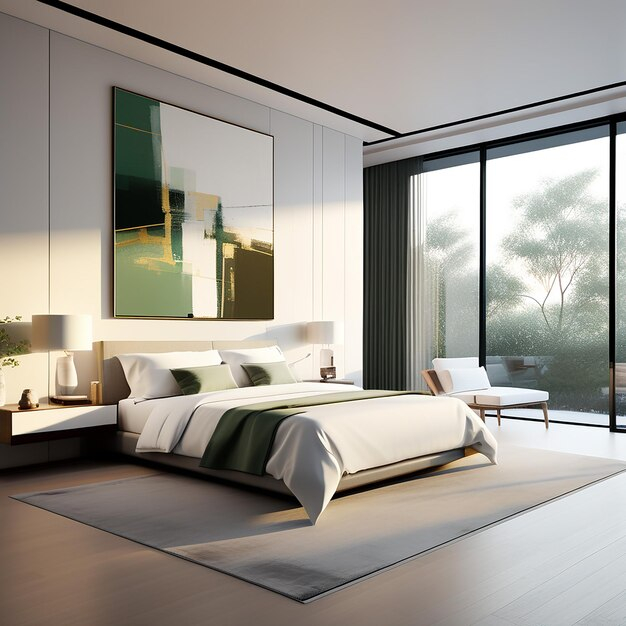Ever thought about how a simple splash of color could completely alter the feel of your most personal space? Your bedroom. It’s more than just a place to sleep; it’s your sanctuary, your retreat from the world. And the color you choose plays a massive role in how it makes you feel. Today, we’re diving deep into the world of orange, a color that often gets overlooked for bedrooms, but can, with the right touch, create an unbelievably warm and inviting atmosphere. Forget the harsh, neon oranges you might be picturing; we’re talking about the nuanced, comforting shades that can truly elevate your personal oasis.
When you think of bedroom colors, calming blues, tranquil greens, or even sophisticated neutrals probably spring to mind. Orange? Not so much. But here’s a little secret: orange, in its many beautiful variations, can be incredibly effective in creating a cozy, energizing, and welcoming bedroom. It’s a color that’s associated with enthusiasm, creativity, and warmth. Think of a sunset, a crackling fireplace, or ripe autumn leaves – these are all images of comfort and contentment. So, how do we harness that power for our bedrooms without making it feel like a construction zone? Let’s explore the ‘beyond the basics’ of orange selection.
Understanding the Spectrum: Not All Oranges Are Created Equal
The first step in choosing the right orange is recognizing that ‘orange’ is a vast category. Are we talking about a vibrant, fiery tangerine that might be a bit too stimulating for sleep? Or perhaps a soft, muted apricot that whispers tranquility? It’s crucial to understand the different undertones and saturations.
- Peachy & Apricot Tones: These softer, desaturated oranges lean towards warmth and gentleness. They’re excellent for creating a cozy, inviting atmosphere without being overpowering. Think of them as the sophisticated, mature cousins of brighter oranges. They can evoke feelings of comfort and subtle cheerfulness.
- Terracotta & Rust: These earthy, deeper oranges bring a grounded, natural feel. They’re reminiscent of clay and natural pigments, offering a sense of stability and rustic charm. These shades are fantastic for adding depth and a touch of bohemian flair.
- Warm Amber & Honey: These are richer, more golden oranges. They can bring a sense of luxury and warmth, like the glow of candlelight. They’re particularly effective in spaces that might feel a bit cool or impersonal.
- Burnt Orange: A deeper, more muted version, burnt orange offers a sophisticated warmth. It’s less about vibrant energy and more about cozy, enveloping comfort. This shade can feel incredibly grounding and inviting.
So, before you even pick up a paint chip, consider the feeling you want to cultivate. Do you want a gentle embrace or a warm, invigorating hug?
The Psychology of Orange: Balancing Energy and Calm
Orange is a complex color. On one hand, it’s known for its association with joy, creativity, and enthusiasm. It can be stimulating and uplifting. For a bedroom, where relaxation is key, this might sound counterintuitive. However, the degree of orange and how it’s used makes all the difference.
Subtler, more muted shades of orange, like those mentioned above, tend to evoke feelings of comfort and warmth. They can create a sense of security and coziness, much like the feeling of being wrapped in a soft blanket. These tones can actually promote a sense of contentment and ease, making them surprisingly suitable for a restful environment.
Think about it: a soft apricot wall can feel like a warm hug, while a bright, saturated orange might feel more like a jolt of energy. The key is in the nuance and how it’s balanced with other elements in the room. It’s about finding that sweet spot where warmth meets tranquility.
Practical Application: Where and How to Use Orange
You don’t have to paint your entire room orange to reap its benefits. In fact, for a bedroom, a little often goes a long way. Here are some ideas for incorporating orange into your sanctuary:
- Accent Walls: A single wall in a soft terracotta or a warm amber can provide a beautiful focal point without overwhelming the space. This is a great way to introduce the color’s warmth.
- Bedding and Linens: Think throw pillows, a cozy duvet cover, or even a statement quilt in a beautiful peachy or rust hue. This is a fantastic way to bring color close to you as you sleep.
- Textiles and Decor: Introduce orange through curtains, rugs, blankets, or decorative items like vases and artwork. These elements can add pops of warmth and personality.
- Upholstery: An armchair or a headboard in a muted orange fabric can add a sophisticated touch of color and comfort.
- Layering with Neutrals: Pair your chosen orange with soft whites, creams, warm grays, or natural wood tones. This helps to ground the color and prevent it from feeling too intense. Think of it as building a balanced palette.
Considering Light and Undertones: The Technical Side
This is where things get a little more technical, but it’s super important for getting the shade just right. The way light hits your room will dramatically change how an orange color appears.
- Natural Light: Rooms with abundant natural light can handle slightly deeper or more saturated oranges. However, even here, a very bright orange might feel too intense. Consider how the light changes throughout the day. Does it get very warm and golden in the afternoon? This can enhance warmer oranges.
- Artificial Light: Incandescent bulbs tend to cast a warm, yellowish glow, which can make oranges appear richer and cozier. Fluorescent or LED lights can vary widely; cooler tones might wash out warmer oranges, while warmer LEDs can enhance them. Always test paint samples in your room under both natural and artificial light conditions.
- Undertones: Many oranges have subtle undertones of yellow, red, or even brown. A peachy orange might have a pinkish undertone, while a rust might lean towards brown. Understanding these undertones will help you choose a shade that complements your existing decor and the overall mood you want to create. If your room feels a bit cool, an orange with a strong yellow undertone can be a great choice for adding warmth.
Pairing Orange with Other Colors: Creating Harmony
Choosing the right partners for your orange is key to creating a cohesive and pleasing bedroom. The goal is to complement, not compete.
- Neutrals are Your Best Friend: As mentioned, soft whites, creams, beige, and warm grays are perfect companions. They provide a calming backdrop that allows the orange to shine without being overwhelming.
- Earthy Tones: Think of rich browns, deep greens, and even some muted blues. These colors create a natural, grounded palette that feels very organic and soothing.
- Deep Blues and Grays: A sophisticated contrast can be achieved with navy blues or charcoal grays. This pairing adds depth and a touch of drama, making the orange feel more vibrant and intentional.
- Wood Tones: Natural wood furniture, whether light or dark, pairs beautifully with orange, enhancing its natural, earthy appeal.
Avoid pairing orange with highly saturated cool colors like bright purples or electric blues unless you’re aiming for a very specific, bold look. For a sanctuary, softer, more muted pairings are usually best.
Testing and Final Touches: Getting It Right
Before you commit to gallons of paint or a large fabric purchase, always, always test.
- Paint Samples: Buy small sample pots of your top orange contenders. Paint large swatches on different walls in your bedroom. Observe them at various times of the day and under different lighting conditions. What looks perfect in the store might look entirely different in your space. Pay attention to how the color makes you feel.
- Fabric Swatches: If you’re choosing textiles, get swatches and place them next to your existing decor. See how they interact with the light and other colors in the room.
- Start Small: If you’re hesitant, begin with smaller accents. A few throw pillows or a decorative bowl can give you a feel for the color without a major commitment. You can always build from there.
Remember, your bedroom sanctuary should be a reflection of you. Don’t be afraid to experiment a little. The perfect orange is out there, waiting to bring warmth and personality to your personal retreat.
So, there you have it. Orange, when chosen wisely and applied thoughtfully, can be an incredible color for creating a warm, inviting, and uniquely personal bedroom sanctuary. It’s about understanding the nuances of its many shades, from the softest apricot to the richest rust, and how they interact with light and other colors. By focusing on muted tones, strategic placement, and harmonious pairings, you can harness the energizing and comforting aspects of orange to craft a space that truly feels like home. Don’t shy away from this wonderfully versatile hue; embrace it and transform your bedroom into the cozy haven you deserve.

